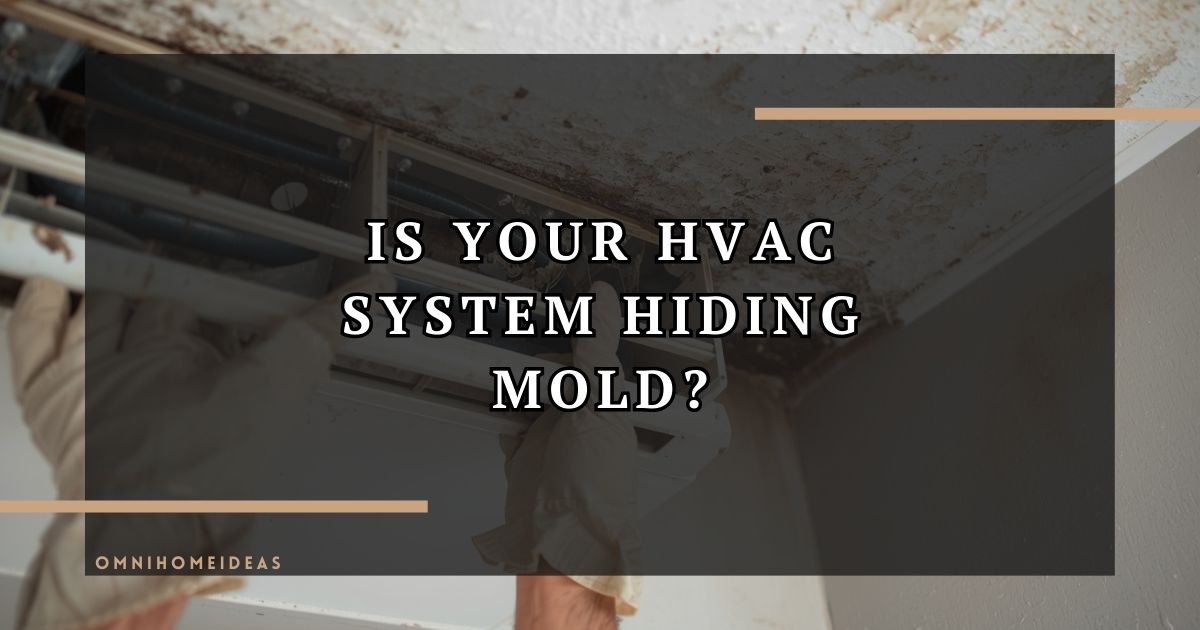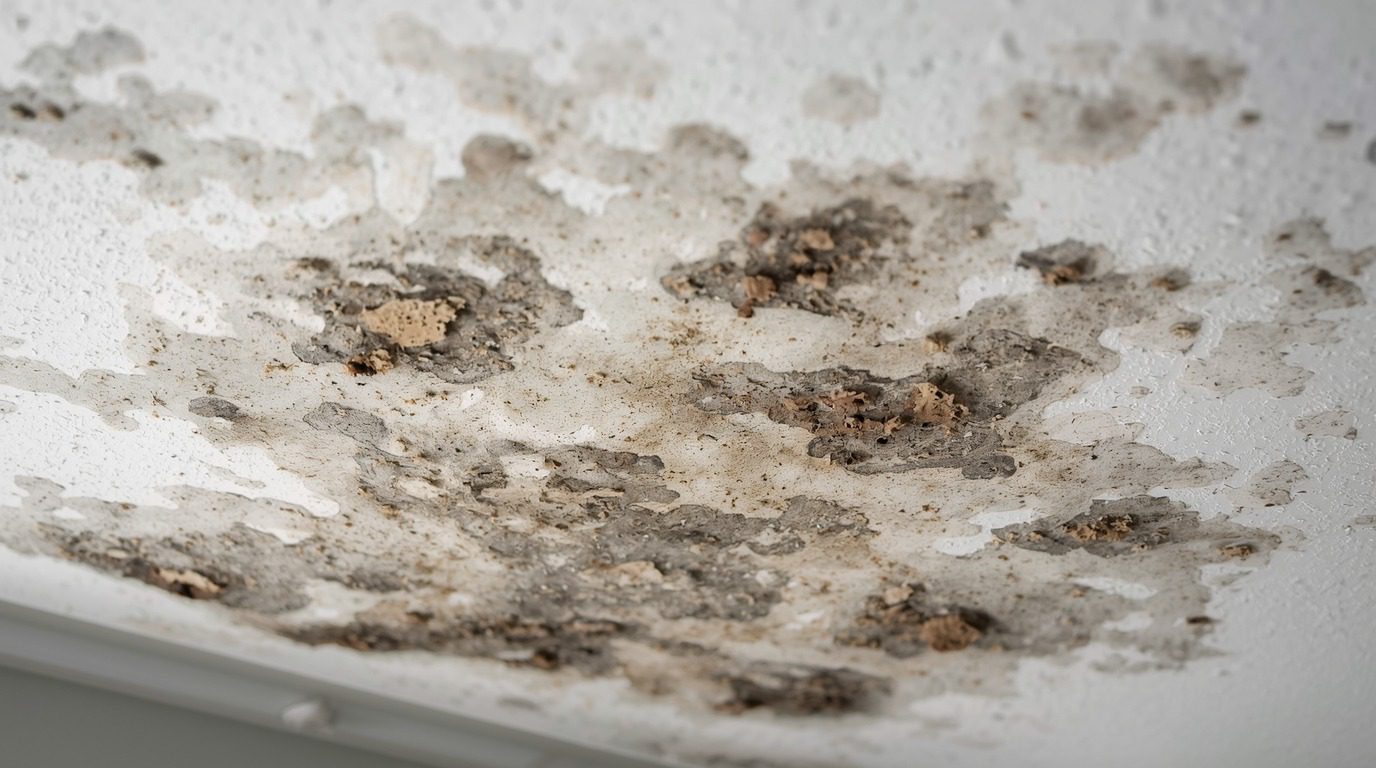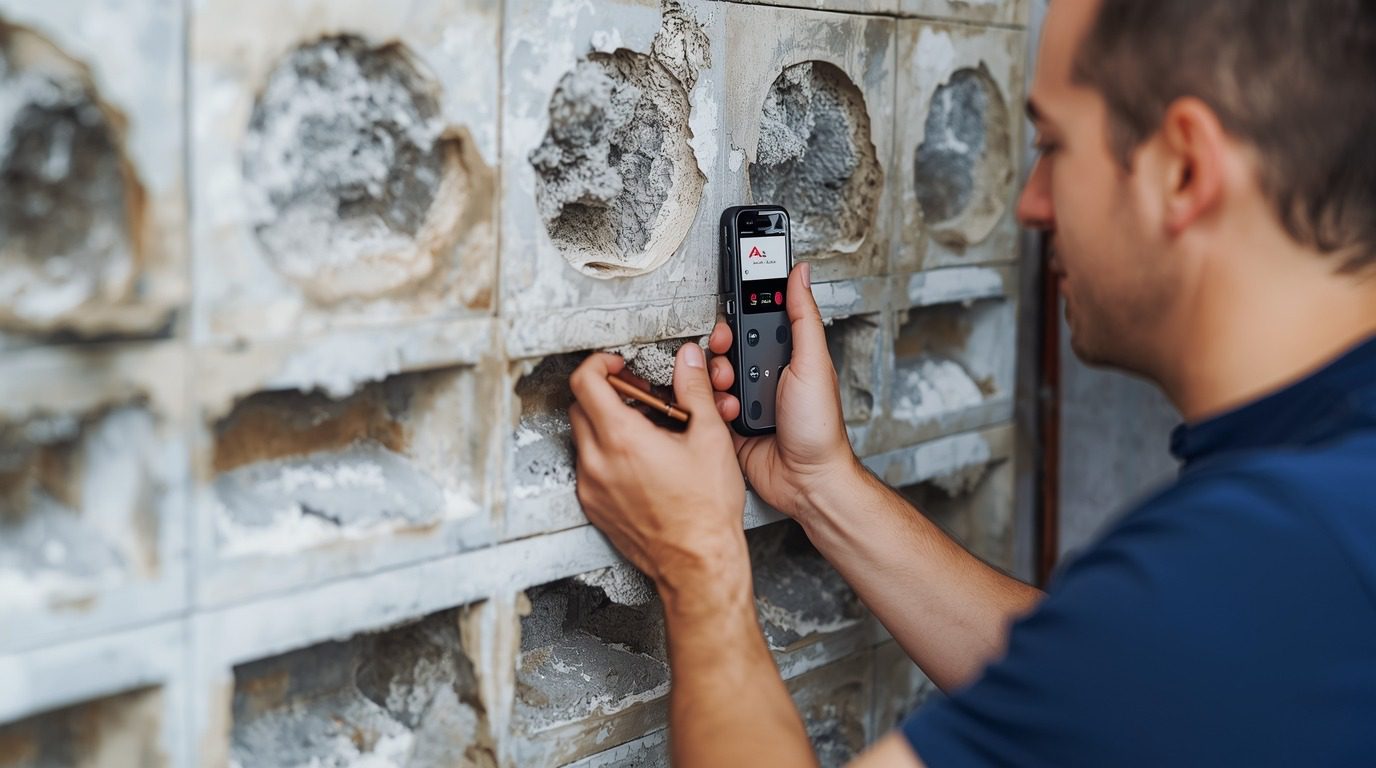Mold inside an HVAC system can spread quickly and lower air quality throughout a home or business. Choosing the right company to remove it takes more than a quick search online. Knowing what to look for before hiring an HVAC mold removal company helps protect both the property and the people who use it.
Many companies claim to handle mold problems, but not all have the proper training or tools for HVAC systems. The following sections explain how to confirm qualifications, review experience, and check that the company uses safe, effective methods. By understanding these points, anyone can make a confident choice that leads to a cleaner and healthier indoor environment.

Check for proper licensing and certifications in mold remediation
Homeowners should confirm that any HVAC mold removal company holds the proper state or local license. Some states require mold assessors and remediators to meet specific training and testing standards before they can perform work. This helps verify that the company understands safe removal methods and health regulations.
Companies that advertise as experienced HVAC mold removal specialists should also show proof of certification from recognized industry organizations. Certification often covers mold biology, containment procedures, and cleaning techniques. It also indicates that the technicians follow accepted safety practices.
In addition, customers should check that the company carries insurance and bonding. These protections cover property damage or accidents during the job. Asking for written proof of credentials before work begins helps avoid unqualified contractors.
Verify the company’s experience with HVAC-specific mold removal

A company that handles mold in HVAC systems should have direct experience with ductwork, coils, and air handlers. These areas require different tools and methods than standard mold cleanup. A general mold contractor may not know how to clean or treat parts inside an air system without spreading spores.
It helps to ask how long the company has worked on HVAC systems and what types of units they have treated. A team with proven experience can identify hidden growth inside vents and use safe methods to remove it without damaging equipment.
Customers should also ask about the training and certifications of the technicians. Proper training shows that the team understands how airflow, moisture, and temperature affect mold growth. Companies that follow current HVAC cleaning standards usually provide better results and safer air quality.
Confirm the use of safe and effective mold removal techniques

A qualified HVAC mold removal company must use methods that remove mold safely and prevent it from returning. The process should include physical removal of mold from surfaces, not just spraying chemicals to cover it up. Proper containment also helps stop spores from spreading through the air system.
Professionals should fix the source of moisture before cleaning. Without addressing leaks or humidity problems, mold can grow again. The company should inspect ducts, coils, and insulation to find any hidden moisture.
Approved cleaning agents, such as solutions with borax, vinegar, or hydrogen peroxide, can treat small areas effectively. For larger infestations, technicians may use HEPA vacuums and air scrubbers to capture spores. These tools help reduce contamination and protect indoor air quality.
Customers should ask about the products and equipment a company uses. Safe methods protect both building materials and occupants. A clear explanation of the removal steps shows that the company follows proper safety and health standards.
Ask if the company addresses underlying moisture or ventilation issues

A professional HVAC mold removal company should do more than clean visible mold. It should also check for causes such as poor ventilation, air leaks, or high indoor humidity. Mold often returns if these conditions stay the same.
Moisture control plays a key role in preventing future problems. The company should inspect ducts, insulation, and drainage to find areas that trap water or restrict airflow. Proper system sizing and duct sealing can also reduce moisture buildup.
A qualified technician should explain how the system’s design or maintenance habits may contribute to mold growth. For example, a clogged drain line or dirty coil can trap moisture and feed mold spores. Addressing these issues early helps protect both air quality and system performance.
Before hiring, the customer should ask for a clear plan that includes both mold removal and long-term moisture control. This step saves money and prevents repeat contamination.
Read customer reviews to assess the reliability and quality of service

Customer reviews help people see how well an HVAC mold removal company performs in real situations. They show how past clients felt about the company’s communication, punctuality, and results. A pattern of positive feedback often points to consistent quality.
However, not every review tells the full story. Some reviews may be fake or biased, so it helps to read both positive and negative comments. Look for detailed posts that describe specific experiences rather than vague praise or complaints.
Comparing reviews across multiple sources gives a clearer picture of performance. A company that responds politely to concerns and explains how it solved problems often shows accountability. This behavior can signal a professional approach to customer service.
Reading reviews before making a choice helps identify strengths and possible issues. It allows buyers to make a more informed decision about which company best meets their expectations for service and results.
Conclusion
A good HVAC mold removal company shows clear proof of training, certification, and safe work practices. It also provides honest pricing and explains each step before starting the job. These signs help customers trust that the work will meet proper health and safety standards.
Customers should compare a few companies before making a choice. Checking reviews, asking questions about methods, and confirming insurance coverage can prevent future issues.
The best decision comes from careful research and clear communication. By focusing on skill, safety, and transparency, homeowners can protect both their property and indoor air quality.

